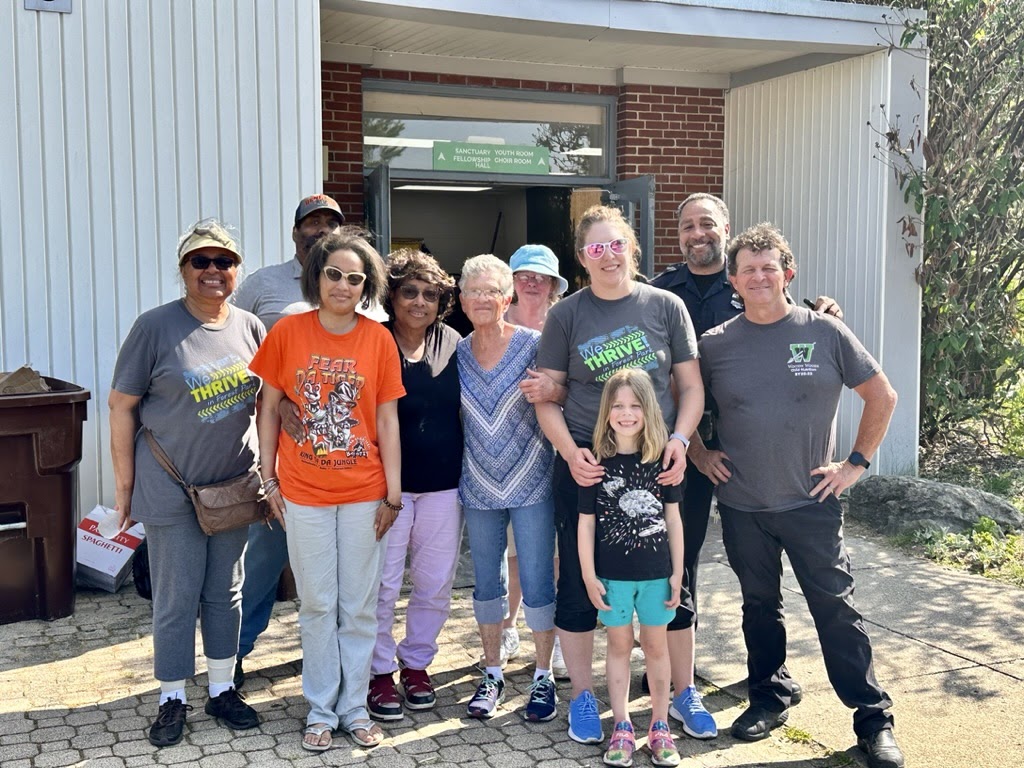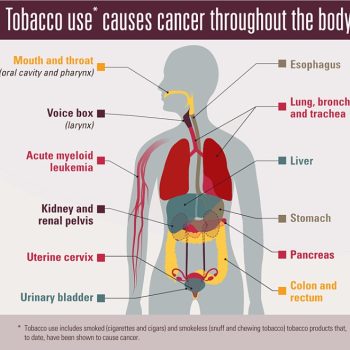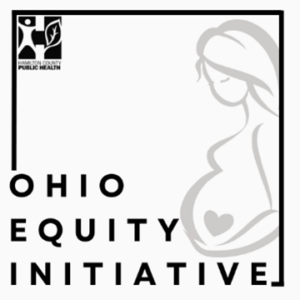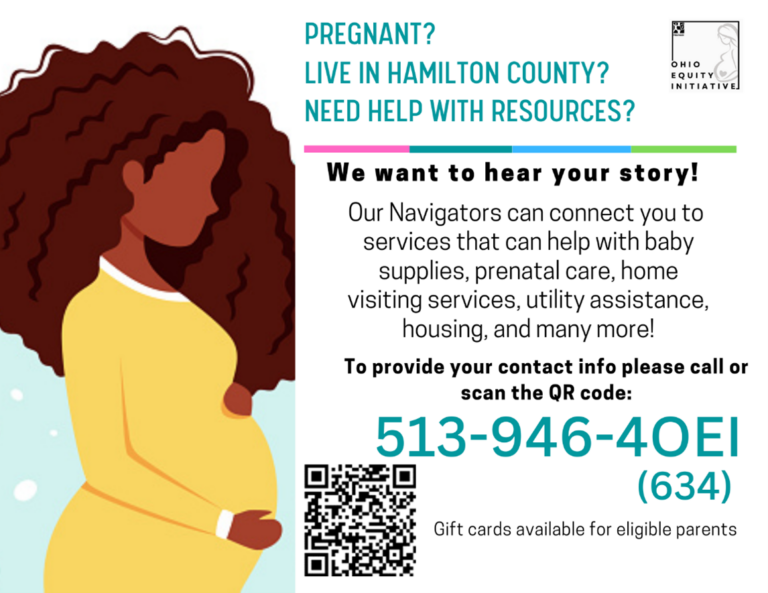Services / Health Promotion & Education
Health Promotion & Education Division
The Division of Health Promotion and Education works to improve the overall health, safety and well-being of the residents within Hamilton County’s jurisdiction through engagement, assessment, policy, environmental change, and addressing social determinants of health. ZIP codes should not determine health outcomes and staff within the Division on Health Promotion and Education work to ensure all residents have opportunities to thrive. Health Promotion and Education staff work on the following initiatives:
- WeTHRIVE!
- Tobacco Use Prevention and Cessation
- Ohio Equity Initiative (OEI)

WeTHRIVE!
Since 2009, Hamilton County Public Health’s WeTHRIVE!sm initiative has worked with communities and schools throughout Hamilton County to create a culture of health, safety, and vitality. The WeTHRIVE! Initiative is a paradigm shift that engages communities and schools to make meaningful and sustainable policy, environmental, and infrastructure changes where people live, work, learn, and play ensuring all individuals have the opportunity to thrive. The four pillars of the WeTHRIVE! initiative include:
- Support: WeTHRIVE! Population Health Specialist health start a team, offer assistance, and connect the teams to resources.
- Data: The most up to date public health data is shared to help determine areas of need and plan for the future
- Collaboration: The WeTHRIVE! initiative fosters a culture of collaboration by bringing together communities, schools, and partner organizations.
- Recognition and Celebration: The initiative is all about celebrating the positive progress and changes that our amazing teams work so hard to implement.
To learn more about the WeTHRIVE! Initiative and to see what teams are working on, please visit our website.
Tobacco Use Prevention and Cessation
Hamilton County Public Health is a leader in the fight against tobacco use and exposure. The Division of Health Promotion and Education works with a variety of partners in the community to prevent tobacco use especially among youth, protect people from secondhand smoke, and connect individuals ready to quit to resources and support.
Tobacco use is the leading cause of preventable death in the United States, killing more than 400,000 Americans each year. In Ohio alone, tobacco use claims the lives of around 20,000 individuals each year- that’s 52 lives each day- and costs $3.4 billion annually in health care expenditures. Additionally, Ohio voters approved a smoking ban in November of 2006 which prohibits smoking in public places and places of employment. In 2021 the law was updated to include e-cigarettes, prohibiting e-cigarettes from being used in public places and places of employment. Learn more about Tobacco Free Worksites here.
Hamilton County Public Health works to:
- Provide educational and cessation information and resources to communities, schools, youth, parents and other key stakeholders through attendance at community events and presentations
- Address tobacco related health equity disparities through implementation of the Tobacco Health Equity Strategic Plan and the Health Equity Workgroup
- Create tobacco free environments through the additional of tobacco-free campus or playground policies
- Connect individuals who are ready to quit to cessation resources.
To learn more about Tobacco Prevention and Cessation efforts within Hamilton County or to have staff present to stakeholders or attend community events please contact the division of Health Promotion and Education at 513-946-7800.
Tobacco Prevention Resources:
- Ohio Department of Health Tobacco Free Schools Model Policy and Tool Kit
- CATCH My Breath: An evidence-based curriculum to increase youth knowledge on e-cigarettes, nicotine, and the impact of addiction. CATCH My Breath is free for schools and can be implemented in grades 5-12
- Truth Initiative: Conducts research and policy studies about tobacco and tobacco-related products to provide young people with facts about tobacco and the tobacco industry. Truth Initiative works to engage individuals and groups to make change in their communities.

Tobacco Cessation Resources:
- Ohio Tobacco Quit Line: Free quit line for individuals 18 and over! The Ohio Tobacco Quit Line and Online Tobacco Cessation Program can help provide support throughout the process. The benefits of quitting begin in the first hour and increase as the hours and days pass. Call 1-800-QUIT-NOW (1-800-784-8669) or visit the Quit Line website to begin your quitting journey today.
- My Life My Quit (For teens 13-18): A free 100% confidential cessation resource for teens, made by teens. Text or call 1-855-891-9989 to speak with a coach ready to listen and cheer you on or visit the My Life, My Quit website today. The benefits of quitting begin in the first hour and increase as the hours and days pass.
According to the CDC, smoking harms nearly every organ of the body, causing many diseases and affecting the health of smokers in general. When you are ready to quit utilize the free cessation resources mentioned above.
Dangers of Second Hand Smoke
The majority of people understand that smoking is dangerous to a person’s health and causes many illness and even death. What has been more recently understood is that exposure to secondhand smoke (also called environmental tobacco smoke or ETS) causes many of the same health problems.
There are more than 4,000 chemicals in SHS. Many of these chemicals are toxic and some cause cancer, heart disease, lung disease, and other health problems. Children are at a particularly high risk for health problems related to SHS. Click here to learn more about SHS and its risks.
The Ohio Equity Initiative (OEI)
The Ohio Equity Initiative (OEI) is a statewide program, funded by the Ohio Department of Health (ODH) and implemented locally by Hamilton County Public Health (HCPH). Created in 2012, OEI used population data to prioritize areas for outreach in nine urban Ohio counties with the highest infant mortality rates and largest racial/ethnic health disparities. OEI 2.0 launched October 1, 2018, and now services ten counties. The revised implemented structure ensures that the program addresses the biggest drivers of infant mortality, especially in the Black community where infants are 2.8 times more likely to die than white infants. OEI directly serves populations most vulnerable to poor birth outcomes such as prematurity and low birthweight. OEI utilizes both downstream and upstream strategies.

Downstream Strategy: Neighborhood Navigators work within 23 priority ZIP codes to identify and connect a portion of the county’s Black prenatal population to needed clinical and social services. The aim of the downstream approach is to use non-traditional methods of community outreach to reach people not previously connected.
Upstream Strategy: With the use of data collected by the Neighborhood Navigators and community partners, information is used to facilitate the development, adoption, or improvement of policies and/or practices as it relates to the social determinants of health related to preterm birth and low birth weight, which are often the drivers of inequities in birth outcomes.
To make positive and lasting changes to infant mortality outcomes, it is important that HCPH staff work together with other community partners. Building relationships with partnering organizations, has proven to be an essential piece for identifying, serving, and connecting eligible women resources and working together to create policy level changes in Hamilton County. Visit our Infant and Maternal Health and Mortality page for more information.

